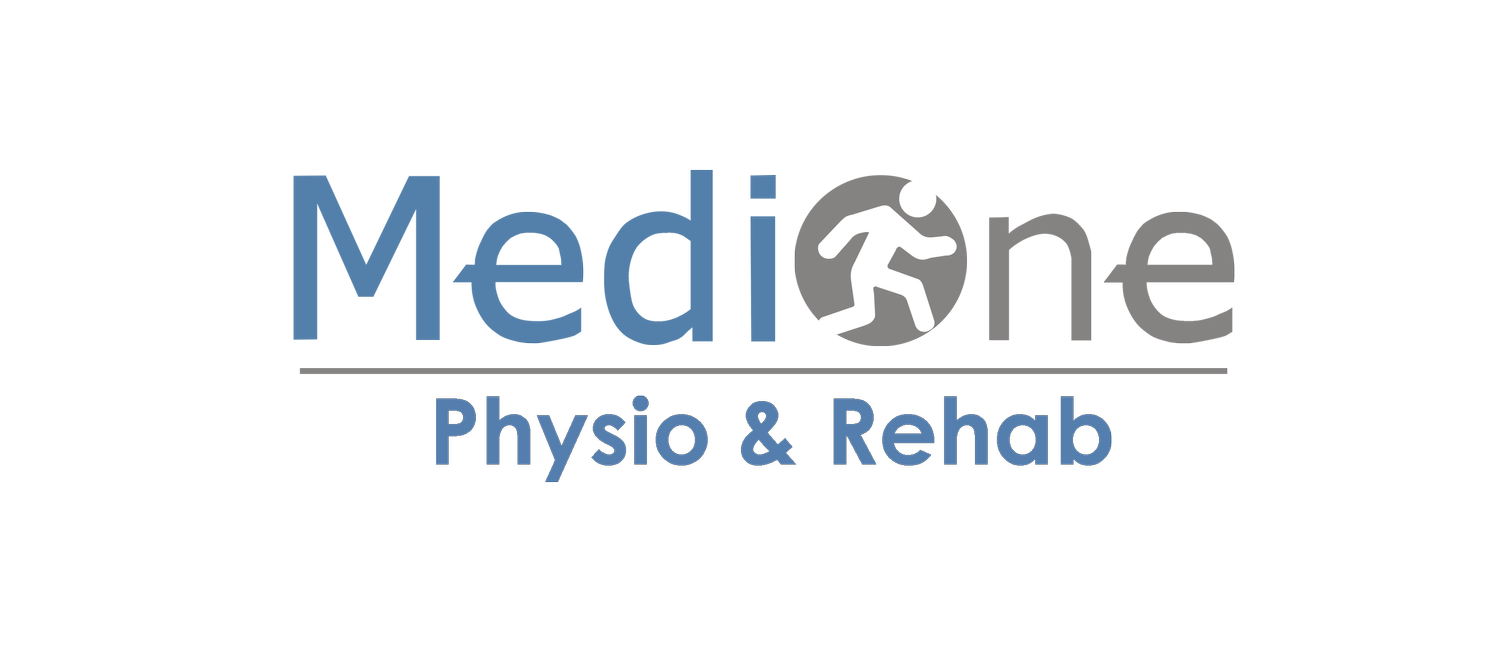Extracorporeal Shockwave Therapy Explained
Shockwave therapy accelerates the healing process in the body by stimulating the metabolism and enhancing blood circulation to regenerate damaged tissue.
Strong energy pulses are applied to the affected area for short periods of time, creating micro-cavitation bubbles that expand and burst. The force created by these bubbles stimulates cells in the body that are responsible for bone and connective tissue healing.
In many instances, shockwave therapy is most effective in cases where the human body has not been able to heal itself on its own.
Shockwave therapy was initially introduced as a way to break down kidney stones without direct contact. It then evolved to treat non-healing bones by activating osteoblasts.
Plantar fasciitis
Achilles tendinopathy
Jumper’s knee (Patellar Tendonitis)
Treatment of tendinopathy
Hamstring muscle injuries
Myofascial trigger points
Bursitis
Stiff big toe (Hallux Rigidus)
And more
Scar tissue
Calcific rotator cuff tendonitis
Frozen shoulder (adhesive capsulitis)
Shoulder pain
Tennis elbow
Heel spurs
Shin splints
Tendonitis
Today it treats a wide range of medical conditions, including:
A shockwave is an intense, but very short, energy wave travelling faster than the speed of sound. Because it is so powerful, most patients who undergo shockwave treatment recover faster than those treated by other methods.
Shockwave therapy sessions are usually 20-to-30 minutes long and provide successful relief and restore mobility painlessly. Permanent relief typically begins about 72 hours following treatment.
Most patients require three-to-six sessions. There is no downtime for recovery. There are little to none side effects. Treatments are non-invasive and promote accelerated recovery of injured soft tissue, bone, and joint pain.



